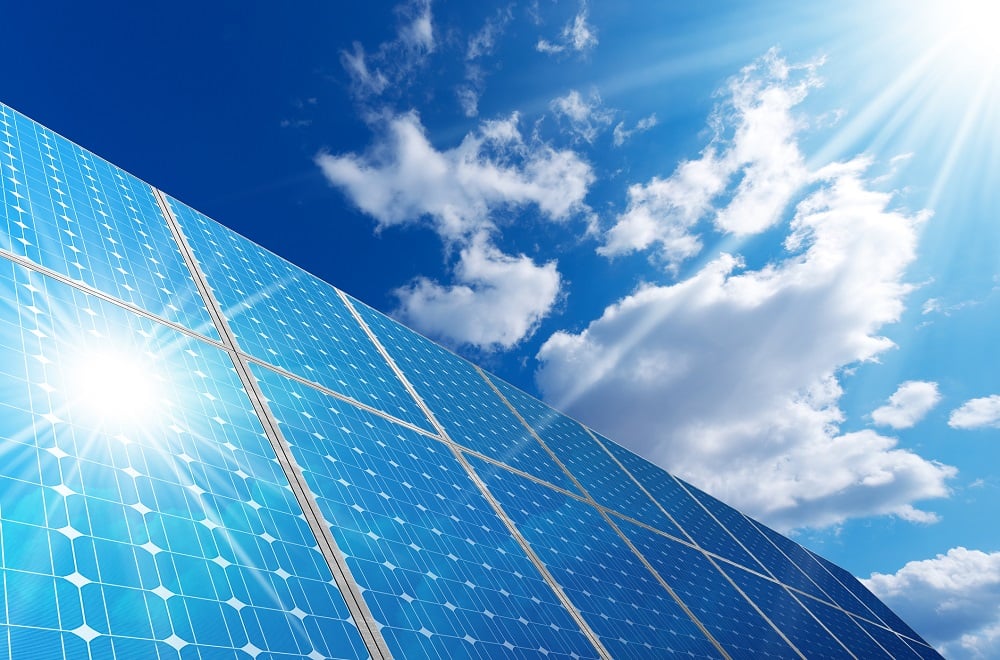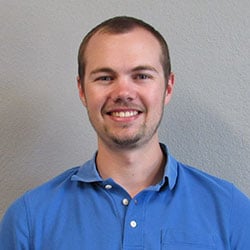A bill of materials (BOM) is a comprehensive list of the parts, items, assemblies and components needed to create an end product. A Data Acquisition System (DAS) BOM, then, is a list of all of the hardware and equipment that goes into building a complete DAS system.
Let's take a look at a typical DAS BOM for a solar PV site. We will cover each component, what it's used for, and when a component is or is not strictly necessary for a solar PV site.
What are the essential parts of a DAS BOM for a solar PV site?
Data Logger
The primary component of a DAS, the data logger, concentrates and collects all of the data from the field devices (inverters, meters, MET sensors, etc). It then logs that data into a format that can be analyzed.
Learn more about DAS data loggers.
Networking Equipment
Networking equipment connects all of the different site devices together and allows them to communicate. Local networking equipment refers to equipment that is used at the site, rather than offsite (such as cloud-based).
Local networking equipment at a DAS site typically includes:
- Ethernet switch or fiber/ethernet switch
- Ethernet or fiber optic cabling
- Field network enclosures (depending on site size and amount of data produced)
- Cellular gateway (depending on availability of internet connection)
- Firewall
Let's look at each of these in more depth.
Network Switch
A switch is a piece of networking hardware that connects devices together and enables communication within the same local network (LAN). It is called a switch because it uses a method called "packet switching" to receive and forward data to/from the correct device. In a DAS, the switch networks together the data logger and field devices.
Network Cabling
There are two types of network cabling typically used for DAS sites: ethernet and fiber. For many distributed generation (DG)/commercial and industrial (C&I) solar PV installations, the field devices and DAS enclosure are close to each other, making ethernet the practical and economical option. Larger sites in which the field devices and DAS enclosure are more spread out may require an investment in fiber optic cabling, due to the distance limitations of ethernet (~300 feet). Fiber is more expensive, but essential for reliable data transmission over long distances.
Field Network Enclosures
Field network enclosures are required when your DAS is not able to pull in data from all of the field devices using the single DAS enclosure. This may be the case on larger sites with multiple inverter pads, or sites that use string inverters, which produce more data points.
Cellular Gateway
Located within the main DAS enclosure, the cellular gateway provides the DAS access to the outside world. This is only necessary if there isn’t a permanent internet connection for the site.
Firewall
A firewall is an essential component of a DAS system, providing network security on the site. It provides protection for any and all devices connected to your internal network, and can be configured to facilitate remote access to the site. You can set up a firewall to allow only approved and necessary communications with the DAS site while repelling all other external internet traffic.
A firewall can be used with a cellular modem (used as a cellular gateway), a permanent internet connection, or both. Cellular modems have some firewall capabilities built in, making a separate hardware firewall optional, but you can use the two together if preferred. Sites with a permanent internet connection should always use a firewall.
Plant Controller (Optional)
By definition, a basic DAS does not have controls functionality. That's the main differentiator between DAS (Data Acquisition System) and SCADA (Supervisory Control and Data Acquisition). Both acquire and monitor data generated by plant devices, but SCADA adds control.
However, we are seeing an increasing number of large DAS sites that require a plant controller. The controller is used to control the inverters and other site equipment to regulate output for the point of interconnection. This requirement comes from the utility or project owner. Adding a controller to a DAS site (creating in effect a kind of DAS/SCADA hybrid) is more complicated and has a considerable cost impact, so it’s only added when required in the specifications for the site.
At Nor-Cal, we anticipate this future need for control capabilities by making all of our DAS systems control ready. If your solar plant grows, requirements change, and/or you need to be more hands-on in terms of plant operations, you can upgrade to add control functionality without having to start from scratch.
Digital I/O Module
A digital I/O module is a small component installed in the DAS enclosure, field network enclosure(s), or both. It's included when there is a need for transformer alarms to be picked up by the DAS equipment. If there aren't any transformer alarms to monitor, or the alarms are monitored through the inverters, then a digital I/O module won't be required.
Meteorological Sensors
Meteorological sensors help gauge the expected performance of the site, based on weather conditions. Standard measurements for DAS sites include global horizontal irradiance (GHI), plane of array (POA), back of module (BOM) temperature, ambient air temperature, wind speed and wind direction. Typically, these sensors are part of a meteorological (MET) station. A MET station on most DAS sites will include one (1) each of the sensors described above, however for larger capacity sites these requirements may increase. Due to the flexibility of our systems, Nor-Cal can provide just specifically requested essential sensors rather than the whole MET station, so site owners can meet their specs and keep costs down.
Learn more about solar PV MET stations.
Revenue Meter
A revenue meter measures the electrical output of the site. It is a necessary component, but is not always procured by the DAS provider. This will depend on the customer's preference.
Learn more about DAS with our articles on DAS Best Practices and Ensuring the Longevity of Your DAS.
If you need to upgrade, retrofit or install a new DAS for your solar PV project, Nor-Cal Controls can provide the most efficient option in terms of function and cost. Our turnkey open architecture DAS solutions are designed to meet your current and future needs.
Schedule a call with us today.





